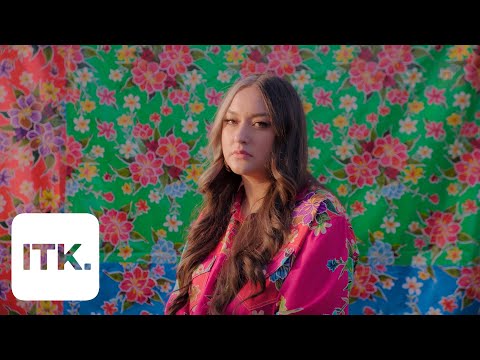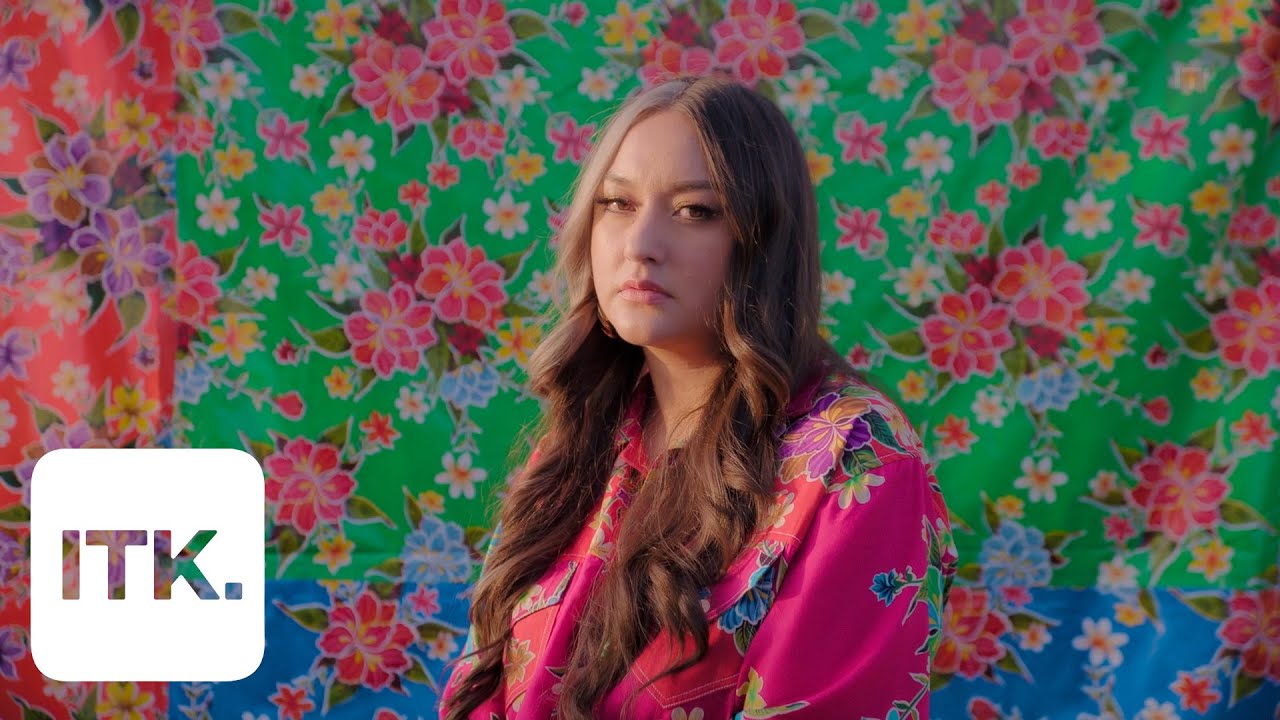Mexican pattern fabric is a vibrant and captivating textile that will instantly transport you to the colorful and rich traditions of Mexico. With its intricate embroidery, bold colors, and unique designs, this fabric is a true feast for the eyes. Each pattern tells a story, showcasing the history and cultural heritage of Mexico in every stitch. Whether you’re adorning your home with decorative pillows, creating stunning apparel, or adding a touch of Mexican flair to your accessories, this fabric is sure to make a statement. Its versatility allows you to express your creativity and infuse any space with a lively and festive atmosphere. The artistry and attention to detail in Mexican pattern fabric are unparalleled, reflecting the skill and passion of the artisans who carefully craft each piece. These textiles not only add a touch of Mexico to your surroundings but also serve as a celebration of the country’s rich artistic traditions. Indulge in the beauty and vibrancy of Mexican pattern fabric, and let its unique charm bring joy and authenticity to your world.

The Rich History of Mexican Pattern Fabric
Mexican pattern fabric is known for its vibrant colors, intricate designs, and rich cultural heritage. This unique textile has a long history that dates back centuries, and it continues to be an important part of Mexican culture and artistic expression. In this article, we will explore the origins of Mexican pattern fabric, its significance in Mexican society, and its popularity worldwide.
The Origins of Mexican Pattern Fabric
The roots of Mexican pattern fabric can be traced back to the indigenous cultures of Mexico, such as the Aztecs and Mayans. These communities had a deep appreciation for textile art and used natural materials like cotton, silk, and wool to create intricate patterns and designs. The use of vibrant colors and geometric shapes was common in their textiles, reflecting their connection to nature and their spiritual beliefs.
One of the most well-known types of Mexican pattern fabric is the traditional serape. These colorful blankets are woven on a loom and feature intricate geometric patterns. Serapes were originally used as garments by the indigenous people of Mexico, but they have since become a symbol of Mexican culture and heritage.
Another iconic Mexican pattern fabric is the rebozo. This long, rectangular shawl is typically made from cotton or silk and is known for its intricate designs and vibrant colors. Rebozos are still worn by many Mexican women today and are often used as a fashion accessory or a way to carry babies.
The Significance of Mexican Pattern Fabric
Mexican pattern fabric holds great cultural and historical significance in Mexican society. It is not only a form of artistic expression but also a symbol of identity and heritage. Many Mexican families pass down traditional textiles from generation to generation, preserving their cultural heritage and keeping ancient traditions alive.
Furthermore, Mexican pattern fabric plays a vital role in traditional celebrations and festivals. It is often used to create elaborate costumes and decorations for events such as Day of the Dead, Cinco de Mayo, and traditional dances. These vibrant textiles add a festive and joyful atmosphere to these celebrations, while also honoring the country’s rich cultural history.
The Global Popularity of Mexican Pattern Fabric
In recent years, Mexican pattern fabric has gained popularity worldwide. Its unique designs and vibrant colors have captured the attention of fashion designers, interior decorators, and consumers alike. Mexican-inspired textiles are now being used in clothing, home décor, and accessories, adding a touch of cultural authenticity and vibrancy to various industries.
Moreover, the demand for Mexican pattern fabric has led to collaborations between Mexican artisans and international designers. This exchange of ideas and techniques has not only helped promote Mexican culture but has also provided economic opportunities for local artisans and communities.
Preserving and Supporting Mexican Pattern Fabric
In order to preserve and support Mexican pattern fabric, it is essential to recognize and respect its cultural significance. When purchasing Mexican textiles, it is important to buy from reputable sources that work directly with local artisans and ensure fair wages and sustainable practices.
Additionally, learning about the history and significance of Mexican pattern fabric can help raise awareness and appreciation for this unique art form. By supporting Mexican artisans and their craft, we can ensure the continued preservation of this rich cultural heritage.
Conclusion
Mexican pattern fabric is more than just a textile; it is a cultural symbol that represents the rich history, vibrant colors, and artistic traditions of Mexico. From the ancient civilizations that first wove intricate patterns to the modern collaborations between local artisans and international designers, Mexican pattern fabric continues to captivate and inspire people around the world. By understanding and appreciating the significance of Mexican pattern fabric, we can contribute to its preservation and support the communities that keep this ancient craft alive.
Meet Equihua: Transforming Mexican Culture into High-End Fashion
Mexican Pattern Fabric
Mexican Pattern Fabric
| Pattern Name | Origin | Symbolism | Colors |
|---|---|---|---|
| Tenango | Hidalgo, Mexico | Tenango embroidery showcases local flora, fauna, and geometric designs that represent the Huastec and Otomi indigenous cultures. | Vibrant shades of red, blue, yellow, and green |
| Zapotec | Oaxaca, Mexico | Zapotec textiles incorporate intricate designs inspired by Zapotec mythology, cosmology, and nature. Symbols often represent animals, celestial bodies, and natural elements. | Earthy tones such as terracotta, brown, and beige, combined with bold accents of blue, green, and red. |
| Serape | Jalisco, Mexico | Serape textiles have a long history in Mexican culture and are known for their distinct striped patterns. The stripes often represent the vibrant landscapes of Mexico, including deserts and mountains. | Rich combinations of colors, such as red, yellow, blue, green, purple, and orange, are used in serape fabric. |
| Oaxacan Black Clay | Oaxaca, Mexico | Oaxacan Black Clay textiles are characterized by their intricate designs, often depicting traditional Zapotec or Mixtec motifs. These patterns are deeply rooted in the region’s pre-Columbian history and cultural heritage. | Black is the primary color used in Oaxacan Black Clay fabric, with intricate designs often incorporating shades of white, grey, and brown. |
Mexican pattern fabric is renowned for its vibrant colors, intricate designs, and rich cultural symbolism. From the Tenango embroidery of Hidalgo to the Zapotec textiles of Oaxaca, each pattern has a unique story to tell. The Tenango embroidery, for example, reflects the deep connection between the local indigenous cultures and their natural surroundings. The Zapotec patterns, on the other hand, transport us to the realm of ancient mythology and cosmology, capturing the essence of the Zapotec people. Serape fabric with its colorful stripes embodies the diverse landscapes of Mexico, while Oaxacan Black Clay fabric pays homage to the region’s pre-Columbian heritage.
Whether used in clothing, home decor, or accessories, Mexican pattern fabric adds a touch of vibrant artistry to any setting. The rich colors and intricate designs not only make these fabrics visually appealing but also serve as a testament to the deep-rooted traditions and cultural heritage of Mexico.

